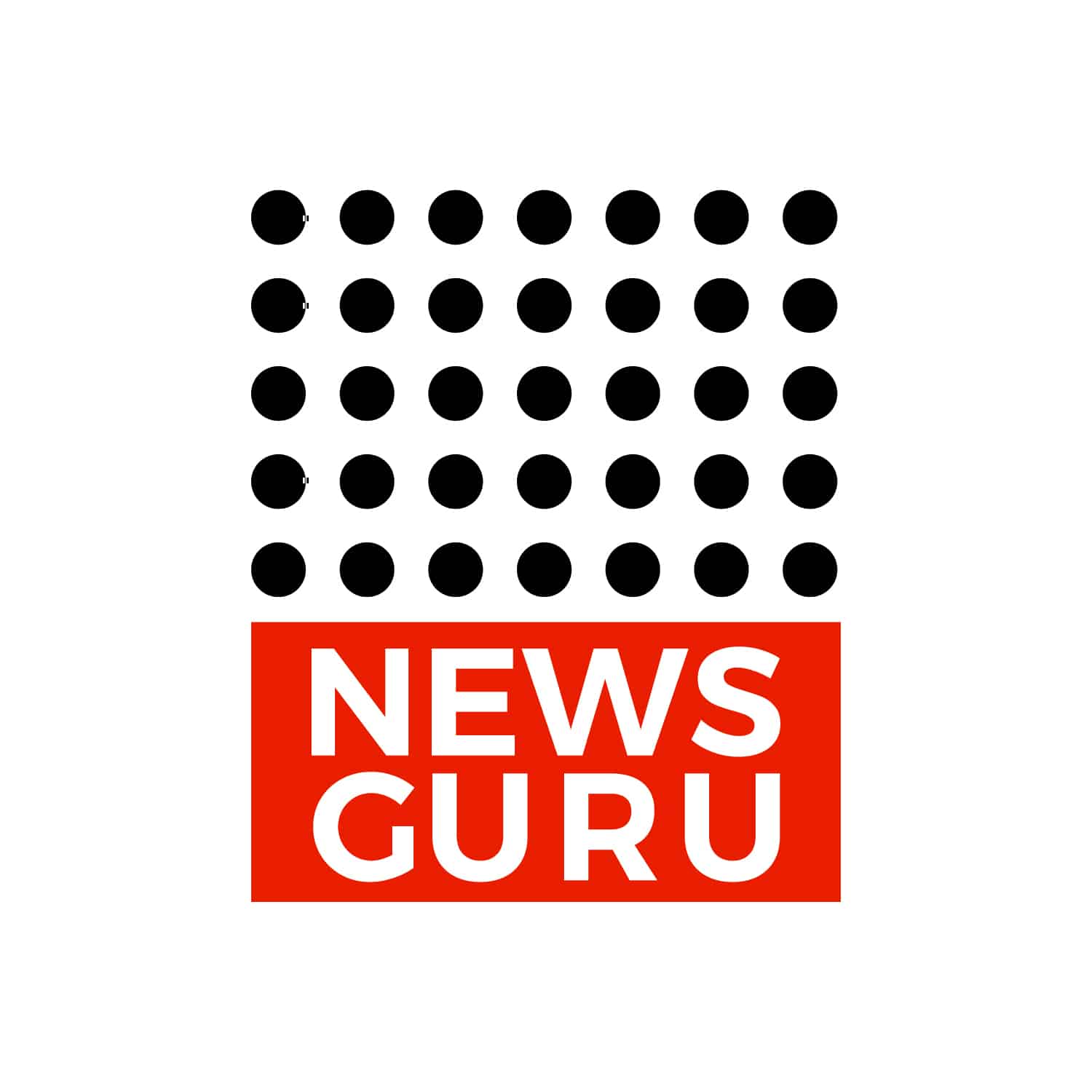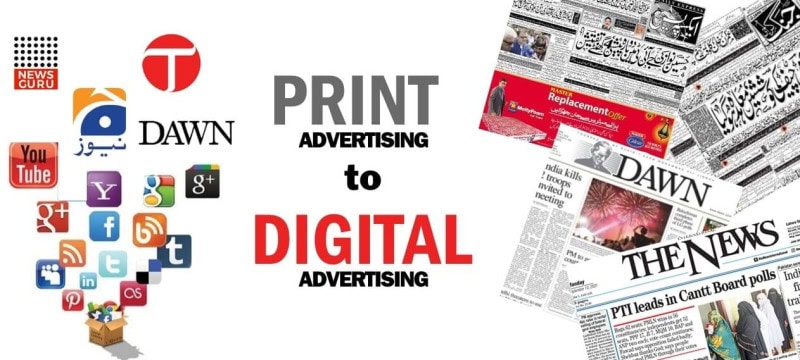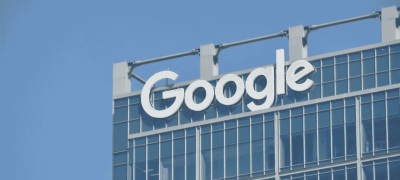With a significant portion of the population accessing the internet primarily through mobile devices, the convenience of on-the-go news consumption has become an ever increasing dynamic. The younger population demographics in Pakistan are exhibiting a strong preference for digital media platforms. The accessibility of smartphones and affordable internet services has fueled a surge in online content consumption. The younger generation values immediacy. Digital media provides instant access to news, breaking updates, and multimedia content, meeting the desire for real-time information.
The decline of printed newspapers can be attributed to a combination of technological, economic, and societal factors. The rise of the internet and digital media has fundamentally changed the way people consume news. Online news websites, social media platforms, and mobile apps provide instant access to news, often for free or at a lower cost than traditional newspapers.
Younger generations in particular, have different reading habits. They are more likely to get their news online, through social media, or via news aggregator apps, reducing the demand for print newspapers.
The cost of producing and distributing printed newspapers, including printing, paper, and delivery expenses, has increased. These rising costs have put additional financial pressure on traditional newspaper companies.
As readership has declined, newspapers have had to raise subscription and cover prices to offset revenue losses. This can deter potential readers and create a cycle of declining circulation.
Read more:Parenting in the Digital Era: Safeguarding Children’s Mental Health
Newspapers now face fierce competition from a wide range of sources, including 24-hour cable news channels, online news outlets, blogs, and citizen journalism. The vast array of information available online has led to a more fragmented media landscape.
Print newspapers have historically relied heavily on advertising revenue. However, many advertisers have shifted their budgets to online advertising, which offers more targeted and cost-effective options. This has resulted in a decline in ad revenue for print newspapers.
There is an increasing awareness of the environmental impact of paper production and distribution. Some readers have shifted away from print newspapers in favor of digital alternatives to reduce their ecological footprint.
The widespread adoption of smartphones and mobile devices has made it more convenient for people to access news on the go, further diminishing the need for physical newspapers.
The readership of print newspapers skews older, and younger generations are less likely to subscribe or read print editions. As the older readership diminishes, so does the demand for print newspapers.
Changes in societal priorities and interests, as well as shifts in the role of newspapers in civic life, have also contributed to the decline. Some communities may no longer rely on newspapers as a primary source of information.
The COVID-19 pandemic accelerated the decline in print newspaper circulation and advertising revenue as businesses cut back on advertising, and people turned to digital sources for real-time pandemic updates.
While printed newspapers continue to have a presence, the industry has had to adapt to these challenges. Many newspapers have invested in digital platforms, introduced paywalls for online content, and diversified their revenue streams by offering advertising space and digital subscriptions.
However, the decline of print newspapers remains a long-term trend, and the industry continues to evolve in response to changing reader preferences and economic realities.
In alignment with global trends, Pakistan’s advertising landscape has also been evolving rapidly in the digital age, mirroring global trends. Several factors have contributed to this transformation, including increased internet penetration, the proliferation of smartphones, and changing consumer behavior. Some of the key aspects of Pakistan’s advertising landscape in the digital age are defined by rapidly growing nationwide outreach to the right audience by accessing tracking data of its digital affinities.
Digital advertising has witnessed phenomenal growth in Pakistan with over 124 million active internet users. With an increasing number of people gaining access to the internet, brands are progressively allocating their advertising budgets to online platforms. Social media advertising, search engine marketing, display ads, and influencer marketing have become popular choices for reaching a wider audience.
Social media platforms like You Tube have the highest user base with nearly 72 million. Tik Tok is no. 2 in Pakistan within a short span with an audience size of 54 million. Facebook has between 40-47 million users, followed by Snapchat with a user base of 25.7 million. Instagram is growing steadily with 17 million users and Linkedin with almost 14 million users. Other notable platforms like Twitter with 4.65 million offer advertisers a direct way to engage with their target audience, and they play a crucial role in most digital marketing strategies.
Mobile advertising is also a dominant force in Pakistan’s digital landscape. Pakistan has a high mobile phone penetration rate, and many users access the internet primarily through their smartphones. This has led to a surge in mobile app advertising, mobile-friendly website design, and SMS.
In-stream shorts videos & reels offer pre-roll and mid-roll ads on platforms like YouTube, Instagram and Facebook, and have gained tremendous pull for advertising. Pakistanis are consuming more video content, making it an attractive format for brands.
The e-commerce sector in Pakistan has been booming, and this has led to an increase in advertising spending on platforms like Daraz, AliExpress, and other local e-commerce websites. Many brands are partnering with e-commerce platforms to reach a broader customer base.
Digital PR has gained an un-matched reputation as influencers on platforms like Instagram and YouTube collaborate with brands to promote products and services. These influencers have substantial reach and credibility within their niches.
Programmatic advertising has also made its mark in Pakistan, allowing advertisers to automate the buying of digital ad inventory. This data-driven approach helps in targeting specific audiences effectively required by local advertisers.
In addition to the above, content marketing, including blogs, articles, and social media posts, is used to engage with customers and provide them with valuable information. Brands in Pakistan often use storytelling and informative content to build trust and loyalty.
As a diverse country with multiple languages and cultures, creating content in various regional languages is crucial for successful digital advertising campaigns. Brands are increasingly recognizing the importance of reaching a broader and more diverse audience.
Pakistan’s advertising landscape in the digital age is characterized by a shift toward online channels and platforms, with an emphasis on social media, mobile advertising, video content, and influencer marketing. As internet penetration continues to grow, advertisers will need to adapt to evolving consumer behavior and technological trends to stay competitive in the market.
Several key players have played a significant role in transforming the digital advertising landscape in Pakistan. These players include:
Numerous digital marketing agencies in Pakistan have emerged to provide services such as social media marketing, search engine optimization (SEO), digital media buying, content marketing, and influencer collaborations.
Social media platforms like Facebook, Instagram, Twitter, and TikTok have been instrumental in shaping digital advertising in Pakistan. They offer advertising solutions that allow brands to target specific affinities and custom based audiences.
Google’s advertising platforms, including Google Ads and YouTube Ads, have had a significant impact on digital advertising in Pakistan. They enable businesses to reach potential customers through search and video advertising.
E-commerce platforms like Daraz, AliExpress, and local players such as Telemart have contributed to the growth of digital advertising. Brands partner with these platforms to reach a vast online customer base.
Telecommunication companies like Jazz, Telenor, Ufone and Zong have been pivotal in driving mobile advertising. They offer advertising services and partnerships to reach their extensive subscriber bases.
Influencers on platforms like Instagram, YouTube, and TikTok have become influential players in the digital advertising space. They have the ability to promote products and services to a large and engaged audience.
Traditional media houses and publishers have expanded into the digital realm, offering advertising opportunities on their websites and apps. This includes popular news outlets like Dawn and Express Tribune.
Companies specializing in data analytics and market research, such as Nielsen, Kantar, and Ipsos, provide insights into consumer behavior and preferences. These insights help advertisers make data-driven decisions. Platforms that enable programmatic advertising, like RTB (Real-Time Bidding) exchanges and demand-side platforms, have facilitated automated and data-driven ad buying in Pakistan.
Payment gateways and digital wallets, such as JazzCash, EasyPaisa and Sadapay have enabled e-commerce and mobile advertising by offering convenient and secure payment options for online transactions.
Local content creators, including bloggers, vloggers, and podcasters, have contributed to the growth of content marketing and influencer collaborations.
These key players have collectively transformed the digital advertising landscape in Pakistan by providing a wide range of tools, platforms, and services that enable brands to reach their target audiences effectively in the digital age.
The rise of digital publishers and online news portals can be attributed to various factors that have transformed the media landscape. Here are some key reasons for their prominence. Digital platforms provide instant access to news content from anywhere with an internet connection. This immediacy aligns with the fast-paced lifestyle of modern audiences who seek real-time information.
Online news portals have a global reach, allowing audiences to access news locally and from around the world instantaneously. This broadens perspectives and enables readers to stay informed about international events easily. Publishing content online is often more cost-effective than traditional print methods. Digital publishers can reach a large audience without the expenses associated with printing, distribution, and physical infrastructure.
Online platforms support multimedia content, including videos, infographics, and interactive elements. This dynamic presentation enhances storytelling, making news more engaging and appealing to diverse audiences. Digital media offers advantages such as immediacy, interactivity, and the ability to reach a global audience.
On the other hand, print media has its own strengths, including a tangible and physical format, which some readers still prefer. Digital platforms allow for interactive engagement with news content. Features like comments, shares, and discussions enable users to actively participate in the news narrative, creating a more engaging experience.
In conclusion, the evolving media landscape in Pakistan, particularly among the youth, reflects a transition towards digital platforms driven by factors such as technological advancements, changing consumer habits, and a desire for a more interconnected and dynamic news experience. This shift poses both challenges and opportunities for media organizations to adapt and engage with audiences in innovative ways.







